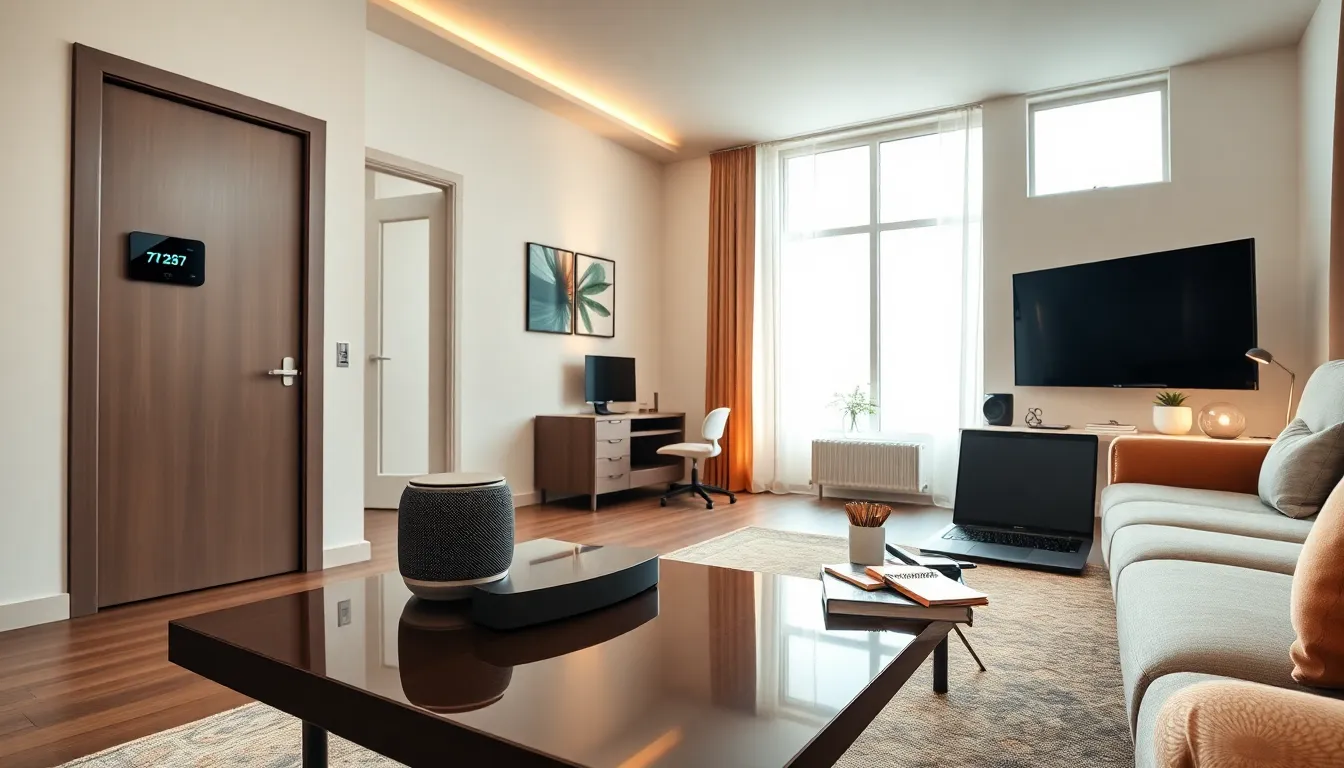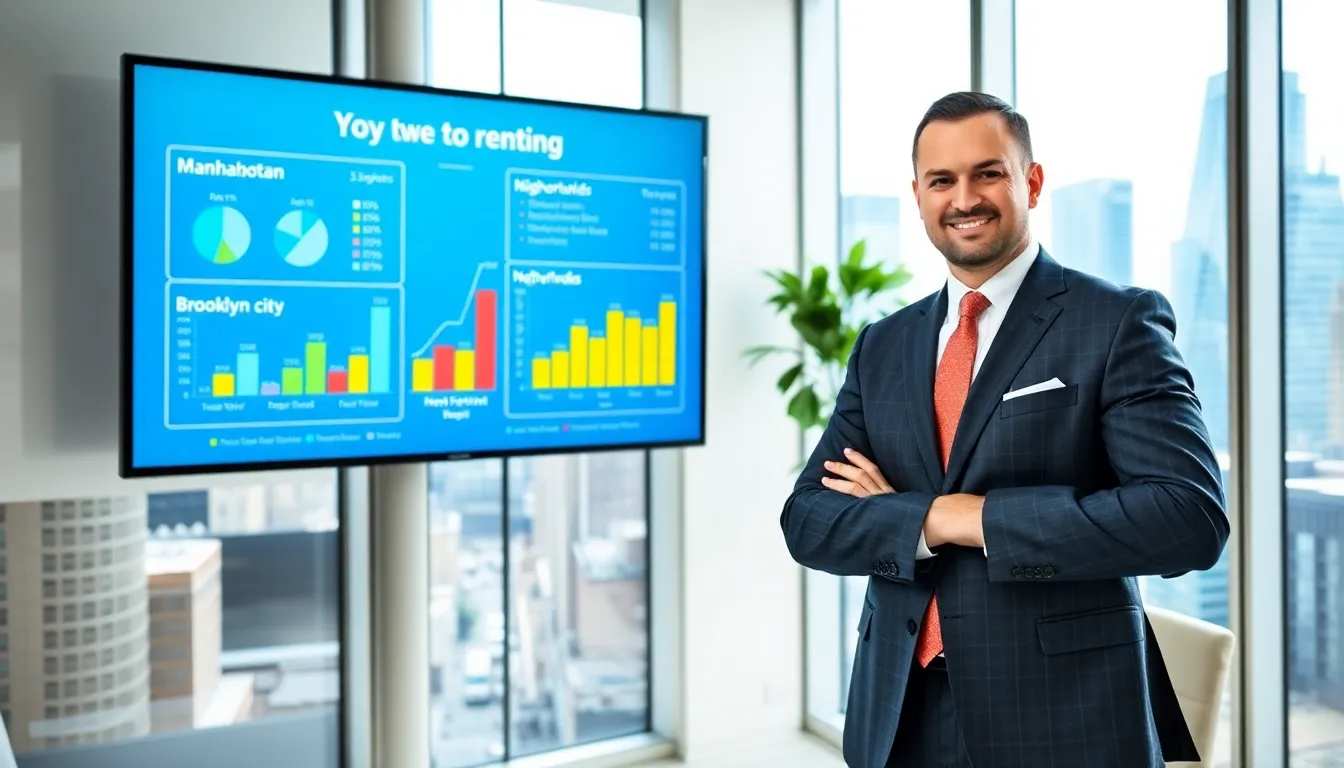Buying a house can feel like a rollercoaster ride—exciting yet terrifying. While the thrill of picking out paint colors and dreaming of backyard barbecues is alluring, the expenses can sneak up faster than a raccoon at a picnic. From down payments to closing costs, understanding these financial hurdles is crucial for any savvy homebuyer.
Imagine finally finding your dream home, only to be blindsided by unexpected expenses. It’s like discovering the house comes with a family of raccoons living in the attic! By getting a grip on what to expect, buyers can dodge those financial traps and focus on making their new house a home. Buckle up as we dive into the nitty-gritty of buying a house expenses, ensuring you’re prepared for the adventure ahead.
Table of Contents
ToggleUnderstanding Buying A House Expenses
Buying a house involves several expenses, both initial and ongoing. Grasping these costs helps homebuyers prepare financially and avoid surprises during the purchasing process.
Initial Costs
Initial costs include the down payment, which typically ranges from 3% to 20% of the purchase price. Buyers may also encounter home inspection fees, usually around $300 to $500. Appraisal fees, necessary for lenders to assess property value, typically range from $300 to $700. Title insurance ensures ownership and often costs between $1,000 and $4,000, depending on the home’s value. Closing costs, averaging 2% to 5% of the loan amount, encompass various fees like attorney fees, tax stamps, and lender fees. These initial expenses add up quickly, impacting the overall budget.
Ongoing Costs
Ongoing costs must be considered in homeownership budgeting. Monthly mortgage payments, including principal and interest, often dominate housing expenses. Property taxes, generally around 1% to 2% of property value annually, can vary by location. Homeowners insurance, which protects against damage and liability, can range from $800 to $2,000 per year. Regular maintenance and repairs add additional costs, averaging 1% to 3% of the home’s value annually. Utilities such as water, gas, and electricity contribute to ongoing financial responsibilities. Understanding these costs supports informed decisions for potential homebuyers.
One-Time Fees
Buying a house involves several one-time fees that every homebuyer should anticipate. Understanding these costs helps in budgeting effectively.
Down Payment
A down payment represents a significant upfront cost when purchasing a home. Typically, homebuyers pay between 3% and 20% of the purchase price. For example, on a $300,000 house, the down payment can range from $9,000 to $60,000. The amount often depends on the type of mortgage and lender requirements. Making a larger down payment generally lowers monthly mortgage payments and may eliminate private mortgage insurance.
Closing Costs
Closing costs encompass various fees incurred in finalizing the real estate transaction. These costs usually range from 2% to 5% of the home’s purchase price. Homebuyers should prepare for expenses such as loan origination fees, title searches, and appraisal fees. For a $300,000 home, closing costs might total between $6,000 and $15,000. While some closing costs are negotiable, understanding them helps buyers avoid unexpected surprises at closing.
Recurring Costs
Ongoing expenses can significantly impact a homebuyer’s budget. Understanding these costs is essential for financial planning.
Mortgage Payments
Monthly mortgage payments are usually the largest recurring expense. Payments consist of principal and interest, varying based on interest rates and loan terms. For example, a $300,000 loan at 4% interest with a 30-year term results in monthly payments of approximately $1,432. Homebuyers must also factor in property taxes and homeowners insurance, which can increase these monthly costs. It’s important to choose a mortgage option that aligns with financial goals and comfort levels to ensure long-term affordability.
Property Taxes
Property taxes require regular payments based on assessed home value. Rates typically range from 0.5% to 2% of the home’s value annually, varying by location. For instance, a $300,000 home with a 1.25% tax rate incurs about $3,750 in property taxes each year. Most municipalities offer payment plans to ease financial burdens. Homeowners should also anticipate possible fluctuations in tax rates that can alter expenses over time. Consistently budgeting for property taxes helps maintain financial stability.
Additional Expenses
Understanding additional expenses is essential for preparing homebuyers for unexpected financial obligations. Several ongoing costs accompany homeownership that may not be immediately evident.
Homeowners Insurance
Homeowners insurance protects against potential damages or losses. Premiums typically range from $800 to $2,000 annually for a $300,000 home. Coverage levels and local risks influence the final cost. Homebuyers should also consider policy deductibles, which can affect how much they pay out of pocket in case of a claim. Having insurance in place is often a mortgage requirement, ensuring that lenders are safeguarded from property loss.
Maintenance Costs
Regular maintenance ensures a home’s longevity and functionality. Homeowners should allocate around 1% to 2% of the home’s value each year for upkeep. For instance, a $300,000 home might incur annual maintenance costs of $3,000 to $6,000. Tasks include HVAC servicing, roof repairs, and plumbing fixes. Investing in routine inspections and timely repairs prevents larger, costly problems later. Being proactive about maintenance significantly enhances a home’s value over time.
Conclusion
Navigating the expenses of buying a house can feel overwhelming but being well-informed makes all the difference. By understanding both initial and ongoing costs, homebuyers can better prepare for their financial journey.
Recognizing the significance of down payments, closing costs, and recurring expenses like mortgage payments and property taxes helps in creating a realistic budget.
Ultimately, taking the time to plan for these financial responsibilities not only eases the homebuying process but also sets the stage for a successful transition into homeownership. With careful consideration and preparation, transforming a house into a cherished home becomes an achievable goal.







